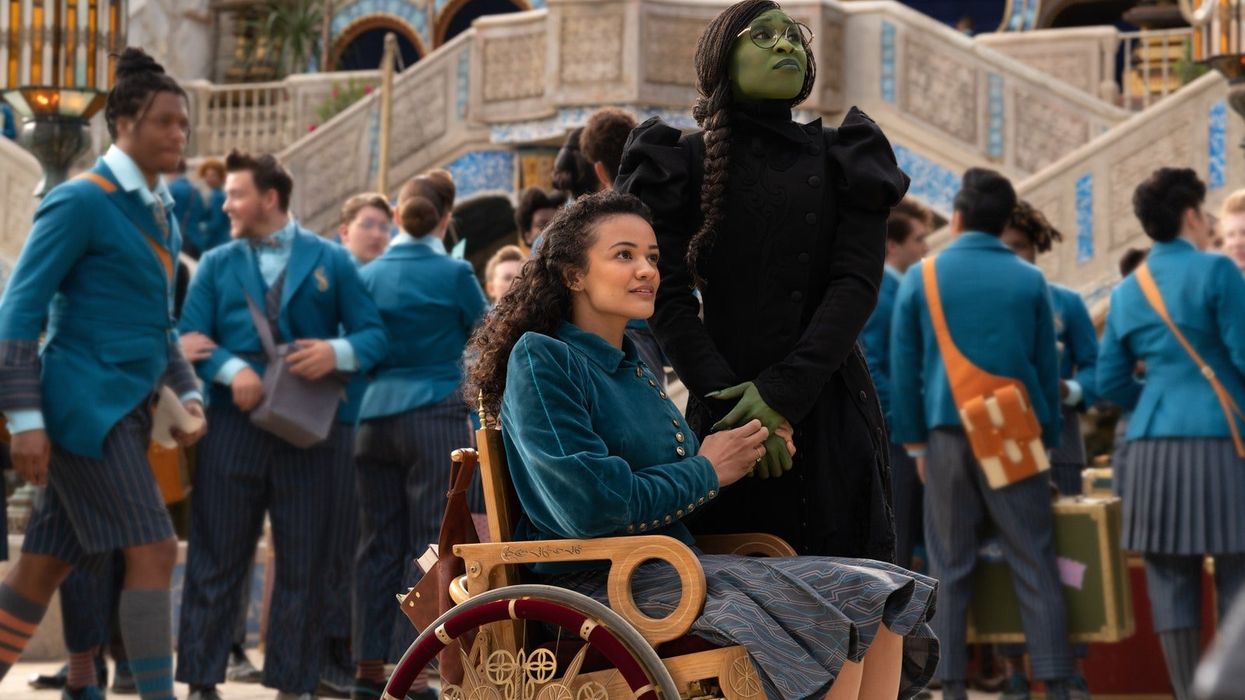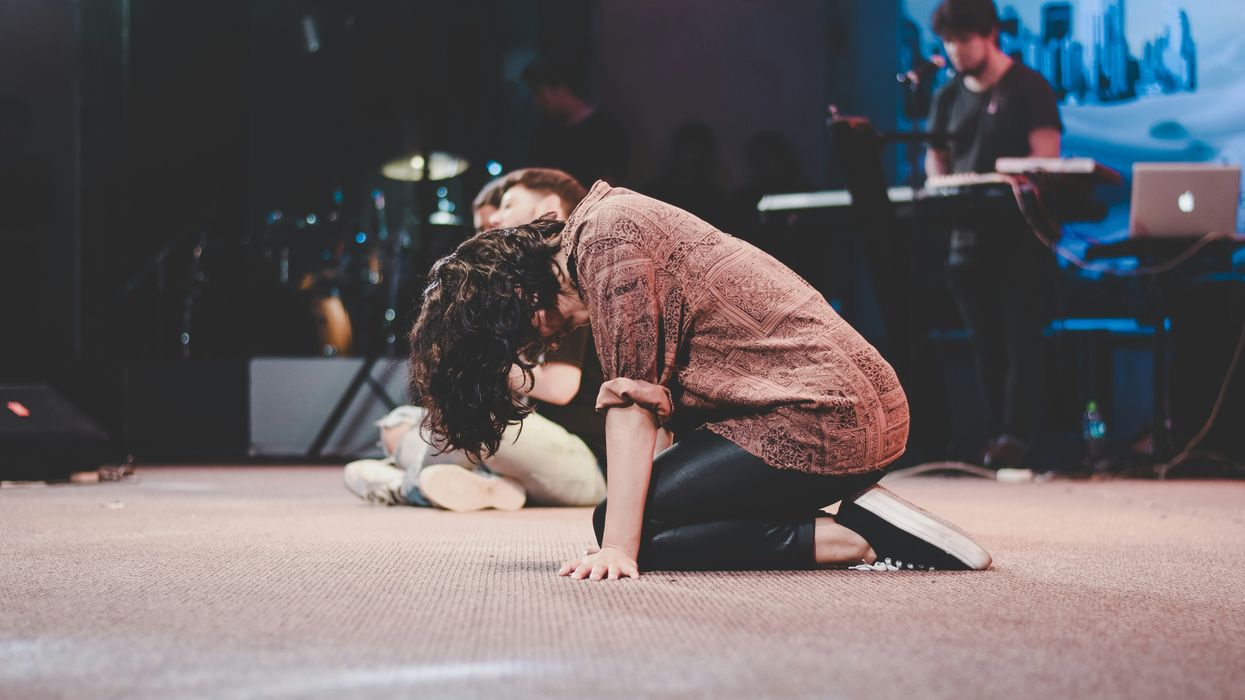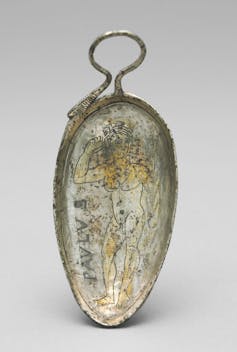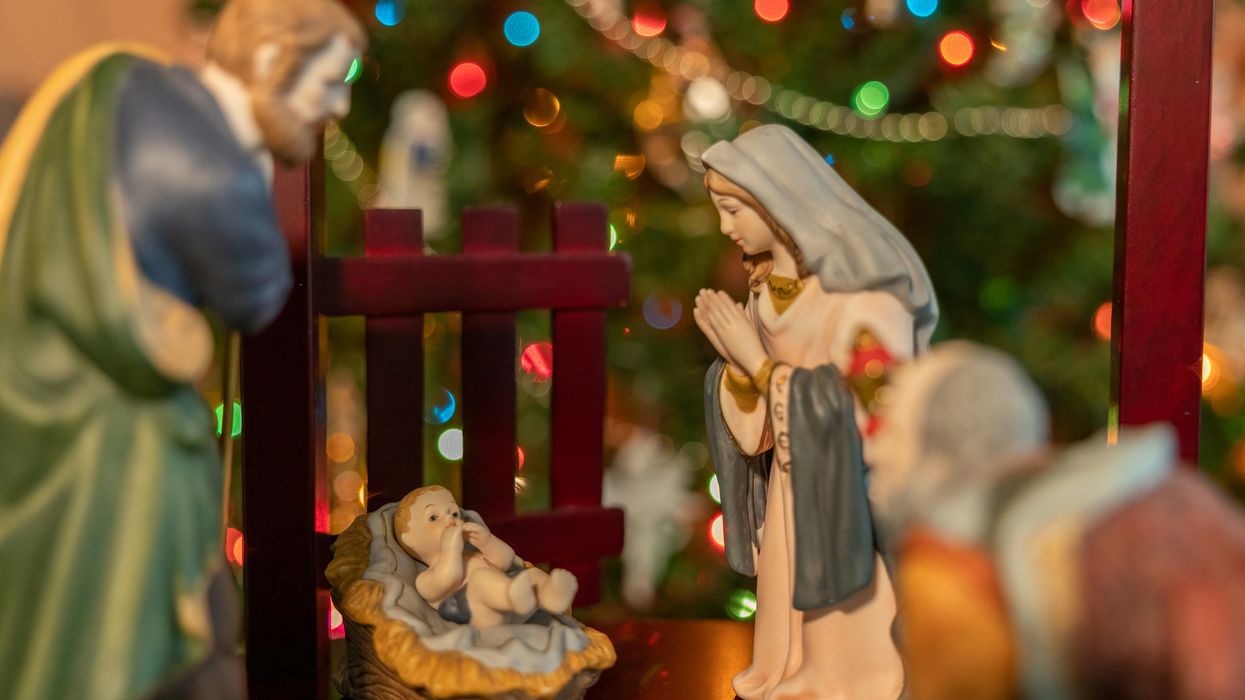Why are female politicians more often targeted with violence? New findings confirm depressing suspicions
November 26, 2024
Despite some progress, women remain seriously underrepresented in politics globally. As of 2023, women held only 26% of parliamentary seats and 15.8% of the positions as heads of state or government.
My new research with colleagues raises one possible factor in this representation that goes beyond discrimination in selection procedures. It is simply more dangerous for women to pursue careers in politics than men. They are far more likely to become targets of violence.
In Italy, where we conducted our study, elected female mayors are approximately three times more likely to experience an attack than their male equivalents.
The reasons behind women’s ongoing underrepresentation in the corridors of power are multifaceted. Research has explored factors from political parties sidelining women and voter discrimination, to cultural norms and traditional familial expectations. Political violence might be part of the story.
Although there is evidence suggesting that women are disproportionately targeted by political violence, researchers have yet to determine whether this relationship is truly causal. The main obstacle lies in data quality. Much of the research relies on self-reported surveys from selected politicians, which are non-representative.
Additionally, female politicians often differ from their male counterparts in ways that extend beyond gender. Women in politics tend to be younger, less connected, and perceived to be more honest than men. These are all factors that may make them more vulnerable to attacks.
Previous research hasn’t disentangled whether it’s these traits or their gender that puts them at higher risk.
Our study tackles these questions by leveraging 12 years of data on attacks against Italian politicians. We use data from the annual reports compiled by the NGO Avviso Pubblico. This organisation works closely with Italian local governments and provides a reputable source of information on both online and offline attacks against politicians, including verbal threats and physical violence.
Using this data, we can compare mayors who are similar in every way other than their gender. We compare towns where a female mayor won by a narrow margin with those where a male mayor won by a similar slim lead. Female and male mayors who win by small margins share similar characteristics across 16 different metrics, strengthening the case that gender plays a significant role in targeted acts of violence.
Female mayors are three times more likely to be targeted by political violence than their male counterparts, according to our findings. Even when accounting for possible discrepancies in reporting and other demographic factors, the increased risk for women remains clear. This suggests gender plays a critical role in political violence.
Why are female politicians targeted more?
There are several reasons why women in politics may face more attacks than men. One possibility is their behaviour in office. Research shows that women often implement different policies, have different priorities, and lead in ways that differ from men. These differences might partly explain why women are targeted more often.
Interestingly, our research indicates that policy choices are not a significant factor in explaining the gender gap in attacks. We observe no notable differences in spending choices on sectors like healthcare, social welfare, and education between male and female mayors
Despite some progress, women remain seriously underrepresented in politics globally. As of 2023, women held only 26% of parliamentary seats and 15.8% of the positions as heads of state or government.
My new research with colleagues raises one possible factor in this representation that goes beyond discrimination in selection procedures. It is simply more dangerous for women to pursue careers in politics than men. They are far more likely to become targets of violence.
In Italy, where we conducted our study, elected female mayors are approximately three times more likely to experience an attack than their male equivalents.
The reasons behind women’s ongoing underrepresentation in the corridors of power are multifaceted. Research has explored factors from political parties sidelining women and voter discrimination, to cultural norms and traditional familial expectations. Political violence might be part of the story.
Although there is evidence suggesting that women are disproportionately targeted by political violence, researchers have yet to determine whether this relationship is truly causal. The main obstacle lies in data quality. Much of the research relies on self-reported surveys from selected politicians, which are non-representative.
Additionally, female politicians often differ from their male counterparts in ways that extend beyond gender. Women in politics tend to be younger, less connected, and perceived to be more honest than men. These are all factors that may make them more vulnerable to attacks.
Previous research hasn’t disentangled whether it’s these traits or their gender that puts them at higher risk.
Our study tackles these questions by leveraging 12 years of data on attacks against Italian politicians. We use data from the annual reports compiled by the NGO Avviso Pubblico. This organisation works closely with Italian local governments and provides a reputable source of information on both online and offline attacks against politicians, including verbal threats and physical violence.
Using this data, we can compare mayors who are similar in every way other than their gender. We compare towns where a female mayor won by a narrow margin with those where a male mayor won by a similar slim lead. Female and male mayors who win by small margins share similar characteristics across 16 different metrics, strengthening the case that gender plays a significant role in targeted acts of violence.
Female mayors are three times more likely to be targeted by political violence than their male counterparts, according to our findings. Even when accounting for possible discrepancies in reporting and other demographic factors, the increased risk for women remains clear. This suggests gender plays a critical role in political violence.
Why are female politicians targeted more?
There are several reasons why women in politics may face more attacks than men. One possibility is their behaviour in office. Research shows that women often implement different policies, have different priorities, and lead in ways that differ from men. These differences might partly explain why women are targeted more often.
Interestingly, our research indicates that policy choices are not a significant factor in explaining the gender gap in attacks. We observe no notable differences in spending choices on sectors like healthcare, social welfare, and education between male and female mayors
.

The study focused on Italian mayors. Shutterstock/Kraft74
Our findings support the idea that women face double standards when it comes to political violence. They are targeted even when they make the same decisions as men. Misogyny and gender bias may cause people to judge female leaders more harshly. Using detailed measures of mayoral performance, we found that the gender gap in attacks only appears when mayors perform poorly. In these cases, women are more likely to be targeted than men for similar shortcomings. This aligns with other evidence of double standards against women in the corporate world.
There is also the matter of visibility and the values of women’s empowerment represented by women leaderes. Female mayors are more frequently attacked in municipalities where gender quotas are enforced – suggesting a backlash in places where women achieve greater political representation.
Violence is even more common in municipalities where female mayors are not facing term limits, suggesting attacks on women mayors could even be specifically motivated by a desire to keep them out of power and influence.
And it seems to be an effective tactic. While women are just as likely as men to run for re-election, those who have been attacked are significantly less likely to do so. This indicates that violence discourages female politicians from seeking re-election, driving them out of office.
Addressing this issue requires long-term educational interventions to shift societal attitudes towards women leaders. In the short term, implementing stronger public safety measures for newly elected women is essential.
Gianmarco Daniele, Assistant Professor at University of Milan and Executive Director of the CLEAN Unit on the economics of crime at Bocconi University, Bocconi University
This article is republished from The Conversation under a Creative Commons license. Read the original article.
Our findings support the idea that women face double standards when it comes to political violence. They are targeted even when they make the same decisions as men. Misogyny and gender bias may cause people to judge female leaders more harshly. Using detailed measures of mayoral performance, we found that the gender gap in attacks only appears when mayors perform poorly. In these cases, women are more likely to be targeted than men for similar shortcomings. This aligns with other evidence of double standards against women in the corporate world.
There is also the matter of visibility and the values of women’s empowerment represented by women leaderes. Female mayors are more frequently attacked in municipalities where gender quotas are enforced – suggesting a backlash in places where women achieve greater political representation.
Violence is even more common in municipalities where female mayors are not facing term limits, suggesting attacks on women mayors could even be specifically motivated by a desire to keep them out of power and influence.
And it seems to be an effective tactic. While women are just as likely as men to run for re-election, those who have been attacked are significantly less likely to do so. This indicates that violence discourages female politicians from seeking re-election, driving them out of office.
Addressing this issue requires long-term educational interventions to shift societal attitudes towards women leaders. In the short term, implementing stronger public safety measures for newly elected women is essential.

Gianmarco Daniele, Assistant Professor at University of Milan and Executive Director of the CLEAN Unit on the economics of crime at Bocconi University, Bocconi University
This article is republished from The Conversation under a Creative Commons license. Read the original article.



















 The ATS is a funding partner of The Conversation US.
The ATS is a funding partner of The Conversation US.